Korea’s DRX have been on the top of the VCT Pacific League for the entire season, never falling below first place in the standings. Yet their coach is reflecting on a season that might have taken too much of a toll on his players.
The team fell just short of claiming the inaugural VCT Pacific League championship trophy, falling in a 3-2 reverse sweep by Malaysia-Singapore’s Paper Rex on May 28 in Seoul.
According to both MaKo and DRX’s head coach termi after their grand finals loss, the team was exhausted due to not only playing back-to-back five-map series on consecutive days but also because of their season schedule as a whole.
“I will say that this league did feel really long and our players definitely felt burnt out,” termi said via translator in a press conference immediately following DRX’s loss. “I want to say thank you to our players for keeping up with our schedule. Next year we will try to fix our own internal schedule so our players don’t feel burnt out when playing in the second part of the season.”
During the grand finals match, DRX were still delivering on their signature teamwork accompanied by incredible individual mechanics, yet as the series went on they lost grip on the trophy they seemed to already be holding onto with one hand. Aside from the 2022 VCT Game Changers championship, which was also won in a reverse sweep, this is the only time such a result has decided a championship in VCT history.
So how did this happen to such an experienced team as DRX?
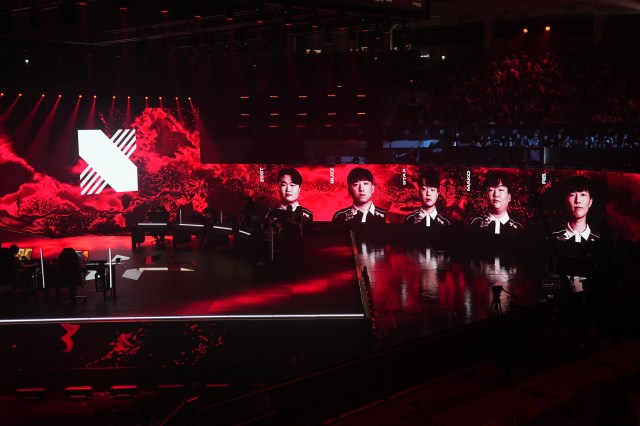
Termi’s statement suggests that not only did the grueling weekly schedule of VCT Pacific take a toll on his players, but that the team’s own practice schedule may have also played a part.
2023 is the first year that the VCT has been franchised, meaning the circuit has been divided into three leagues, one for each major region, with weekly matches and a standard schedule. Since March 25, teams in the Pacific league have played one match a week up until superweek, where they each played two matches. For DRX, they then had to immediately go through playoffs and an upper bracket final loss that meant they had to play in a best-of-five series against T1 on May 27 to qualify for the grand final.
That match also went to five maps.
After playing T1 just a day before the grand finals, DRX’s star controller player—and VCT Pacific regular season MVP—MaKo commented that the match was filled with mistakes on both sides.
“I do think that we actually fixed some of the mistakes we made when we played T1, but we played five maps yesterday and we also played quite a lot today,” MaKo said via translator when asked about DRX’s grand finals loss. “Game one and two started off great and we had a good run, but as the day went on I could feel we were getting burnt out. I think today we lost in the battle of stamina.”
Though DRX still performed well in the VCT Pacific finals weekend, their strategies were being questioned, especially the decision to return to their original roster, which includes Zest instead of young duelist Foxy9.
During both matches of the championship weekend, Zest played incredibly, proving with every kill that he deserves his spot on the roster. It was clear that a lack of Foxy9 was not the reason DRX lost the grand finals. If anything, Zest provided the consistency and mental fortitude that they desperately needed.
Despite DRX’s grand finals loss, the team will still be going to VCT Masters Tokyo next month, starting on June 11, to compete against the other 11 best VALORANT teams in the world. A break might be just what the players need to get back into the swing of things, especially if they happen to face PRX again.
Both MaKo and termi’s mention of burnout certainly has DRX questioning their schedule. Yet overall, termi still had great things to say about the Pacific league as a whole and considered the first franchised season a success.
“I personally think that the VCT Pacific league was extremely fun to play in,” termi said. “All of the teams were so much more competitive than I originally thought. I believe we can compete against the teams from NA and EMEA.”


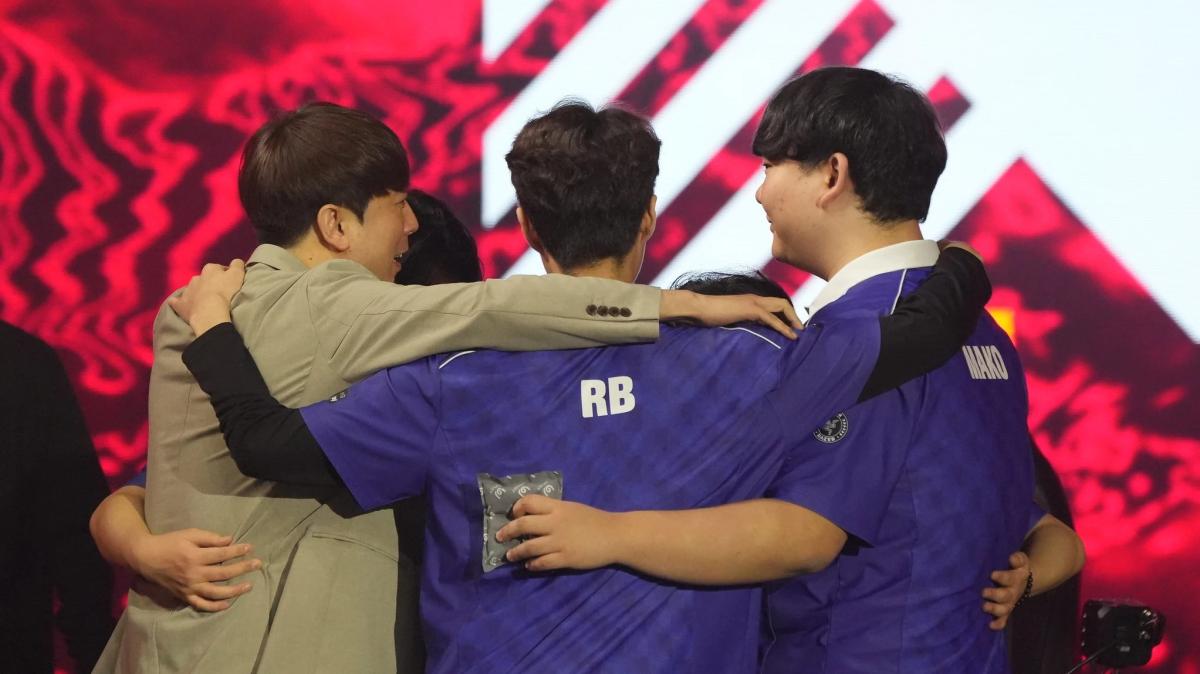
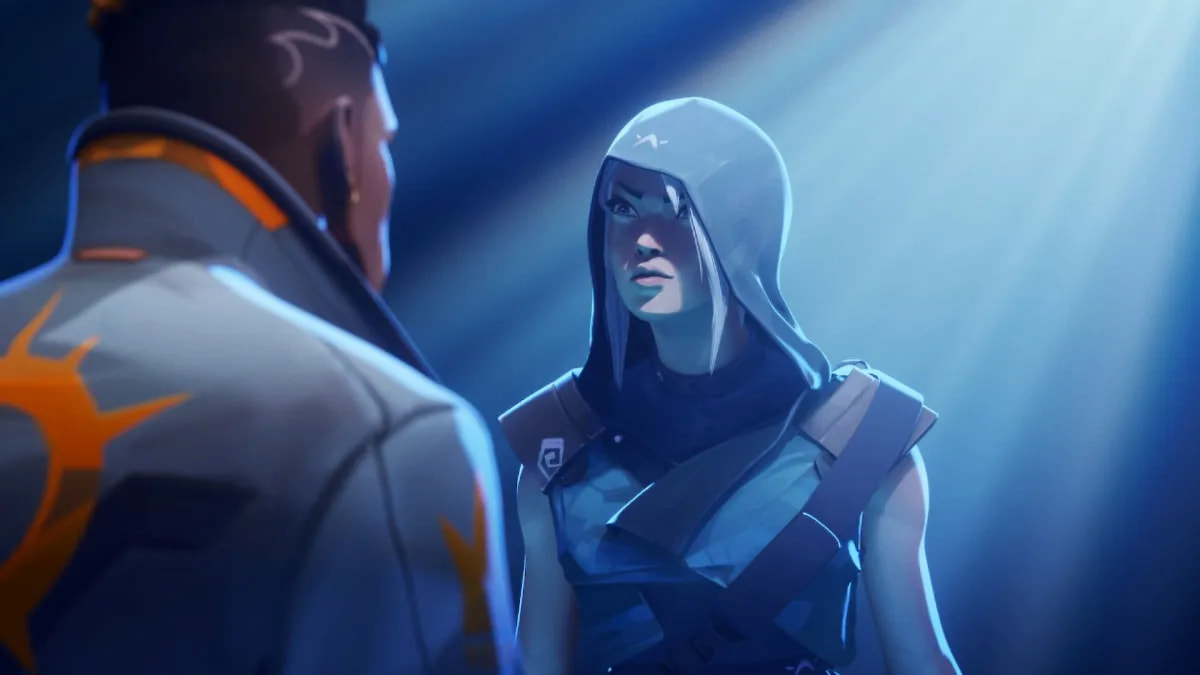
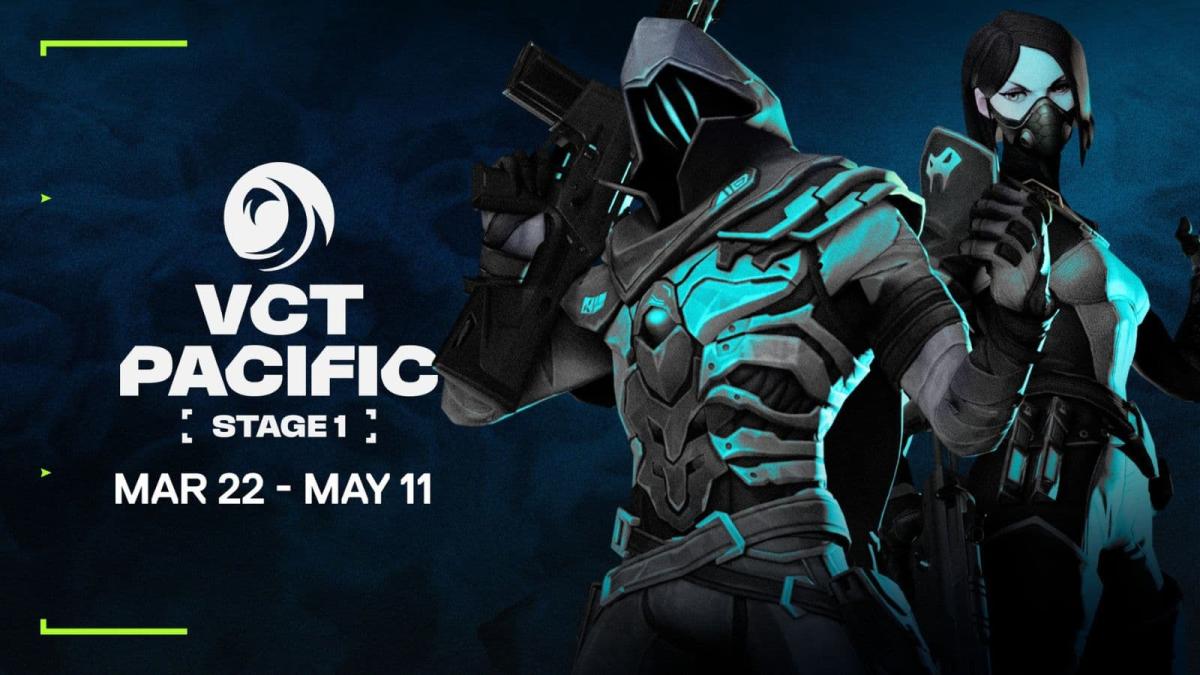

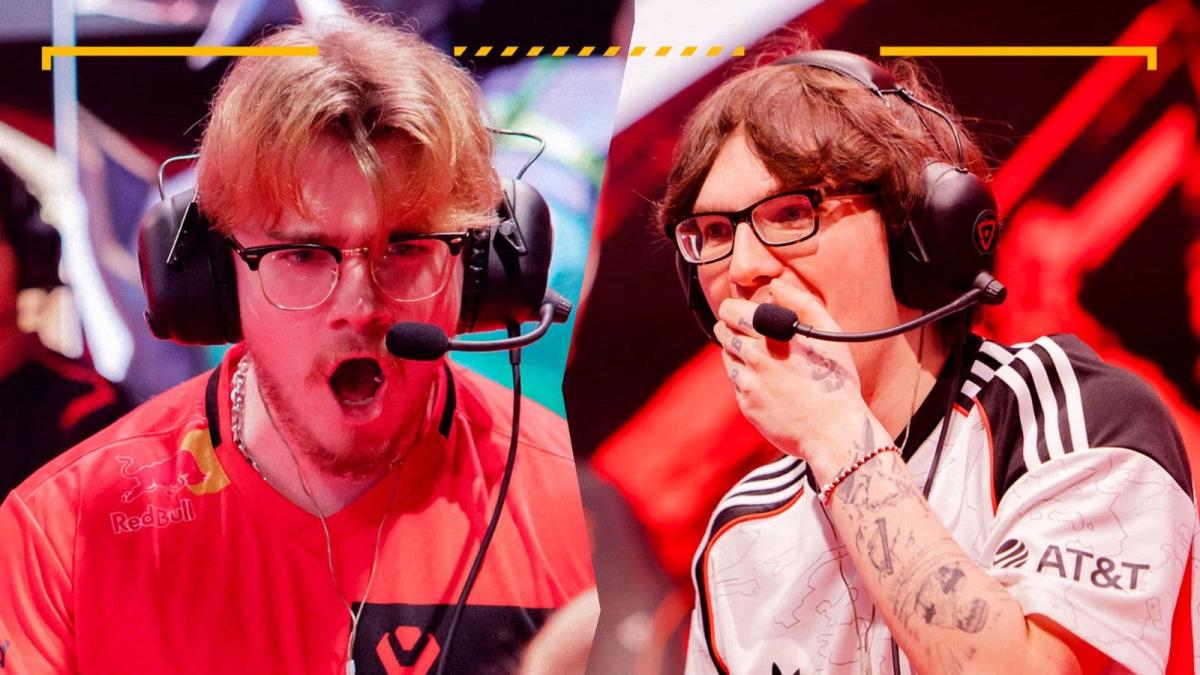
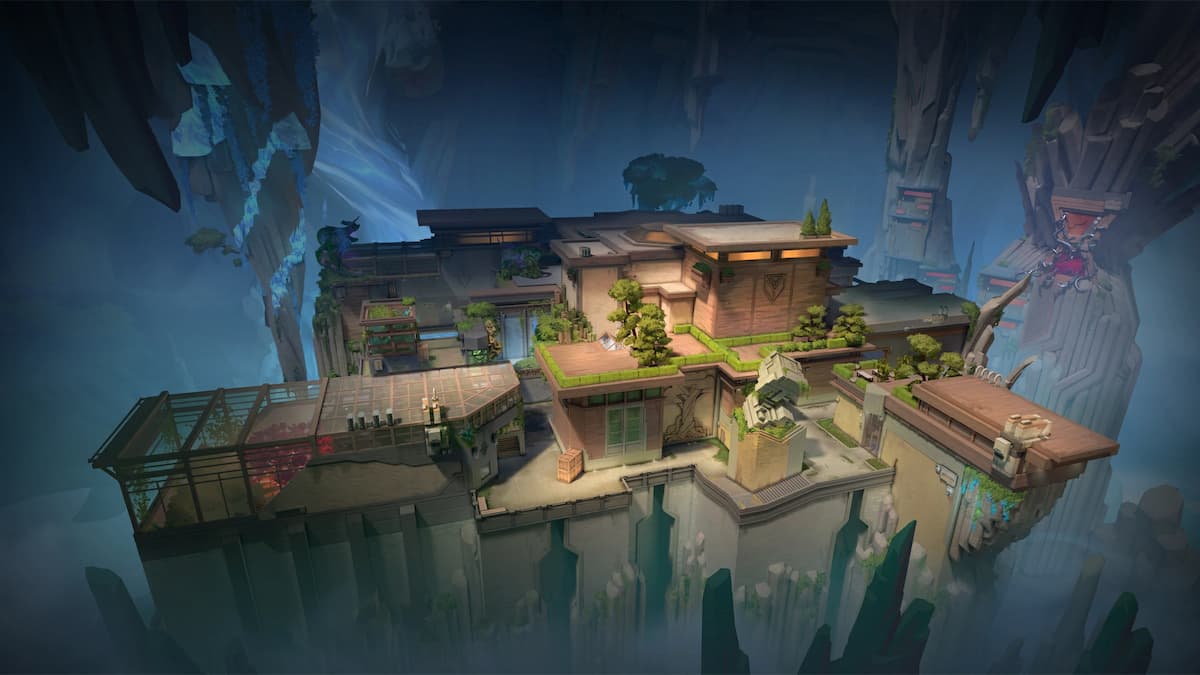

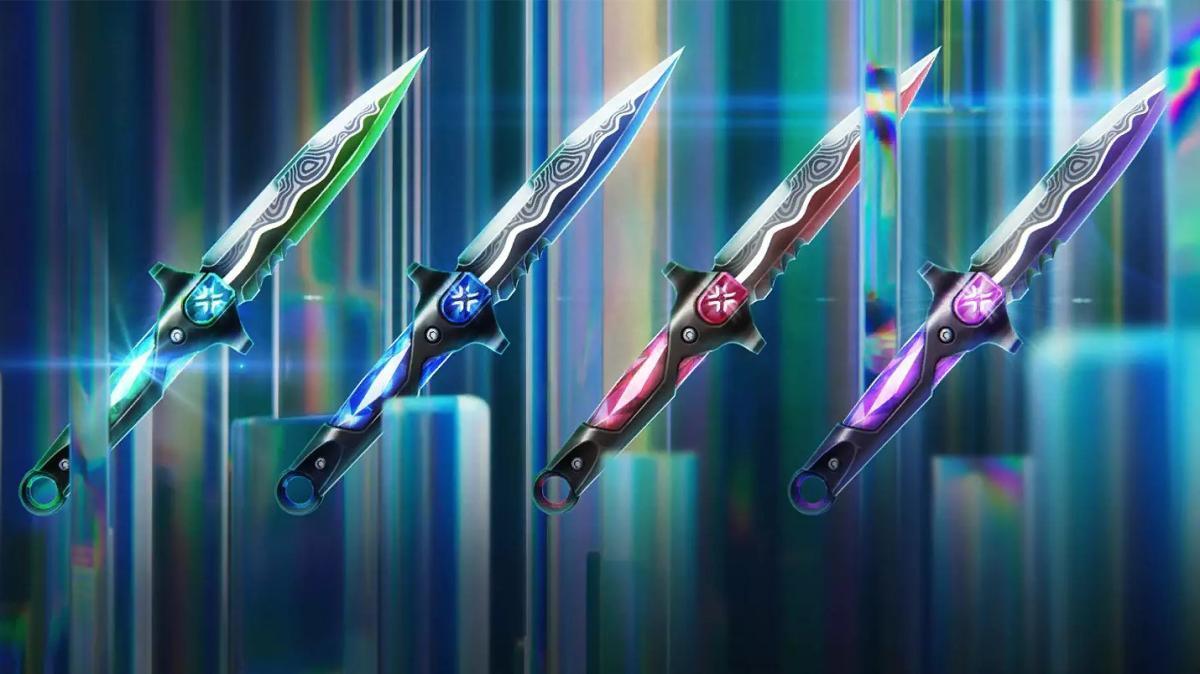
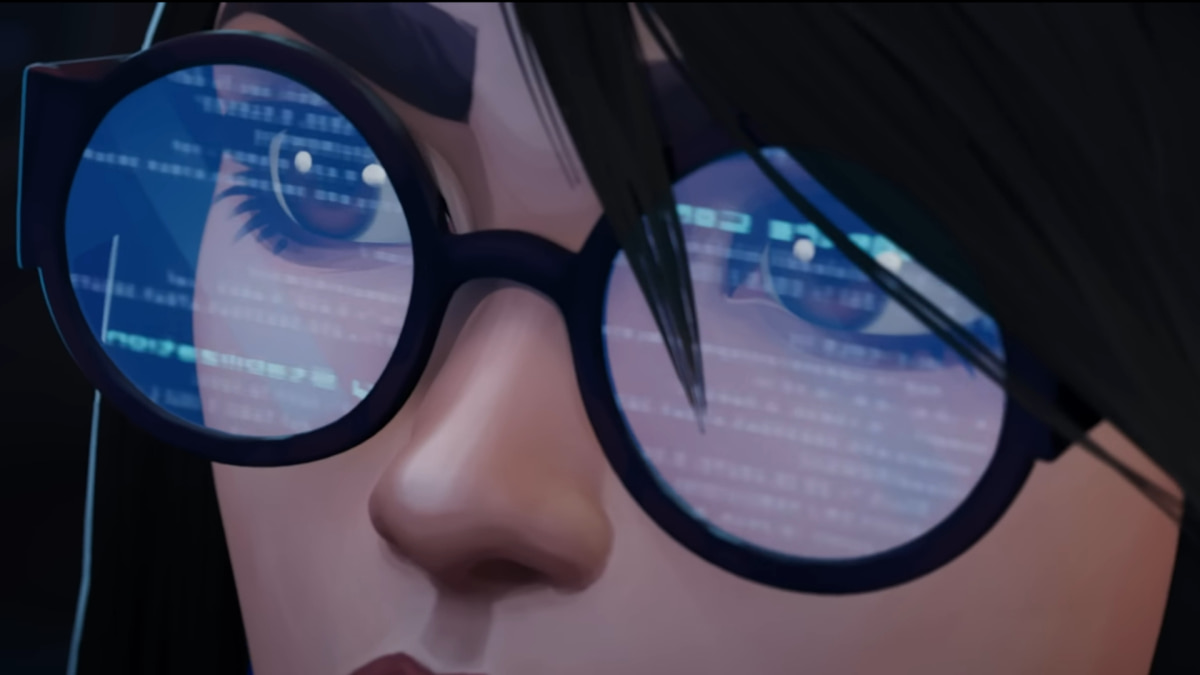
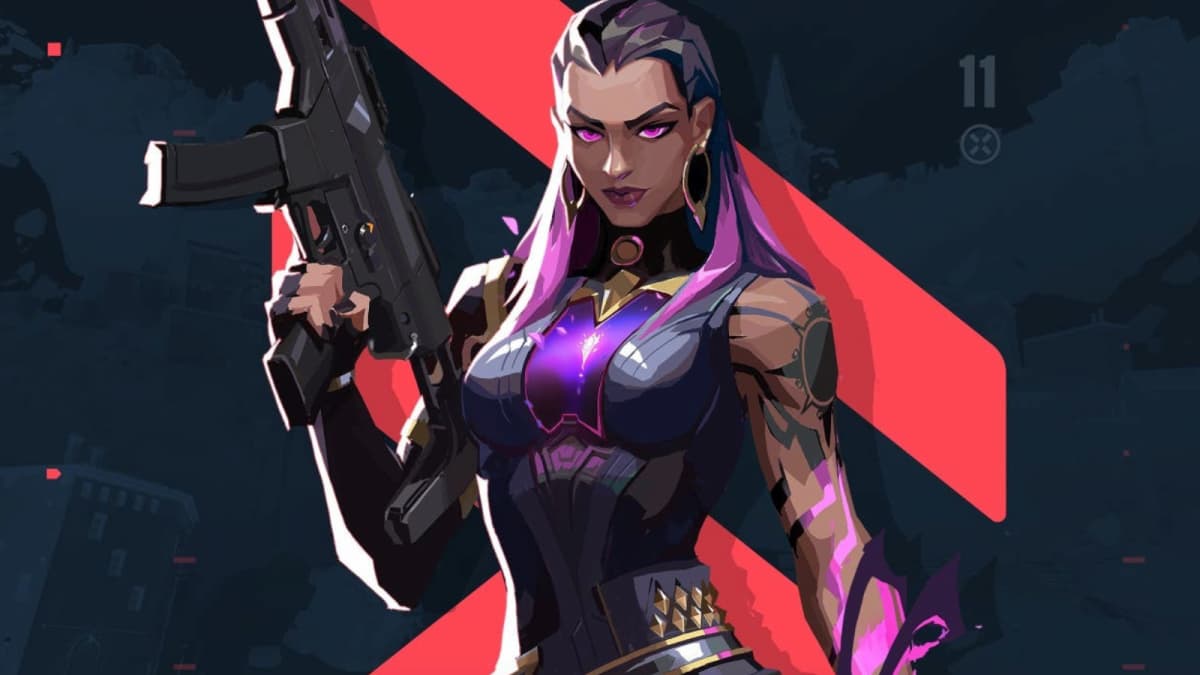
Published: May 29, 2023 03:25 am